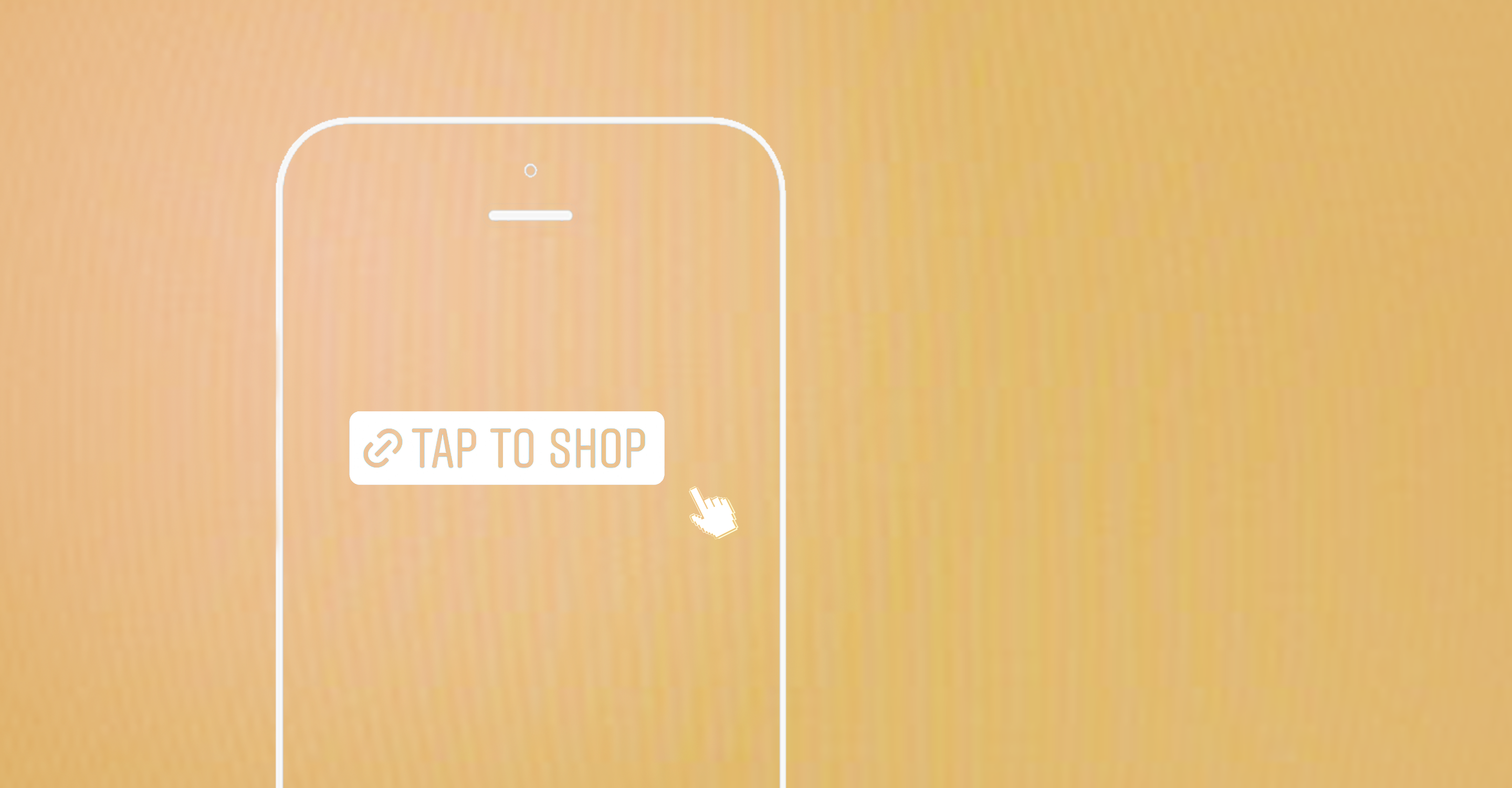The phrase “swipe-up to shop” was a bit of a sore subject for nano-influencers—at least up until August 2021. That’s because any Instagram creator with a small to moderate following was simply unable to direct viewers of their story to click a link. Any link. Much less, a link that would allow them to generate revenue much like the micro- and mega-influencers these creators are often competing with.
Instagram had been gatekeeping the option to share links since the feature was rolled out a few years ago. Up until this summer, only verified accounts or those with 10,000+ followers were allowed to use swipe-ups that took users away from IG and into the depths of the internet. It’s a concept that made little sense to anyone who’s Very Online, since it just wasn’t a seamless way to direct users to the item they were talking about, provide a well-rounded review of a product or just offer some additional background on a complex topic.
In a rare case of Instagram listening to what users want, any creator can now add a linkable sticker to their stories, making even the phrase “swipe up” seem absolutely ancient. While a few influencers have already complained that “tap to shop” doesn’t quite roll off the tongue as well, they might just be bitter that this revenue generating tool is now available for anyone to use. Even better, linkable stickers can be totally customized, so they don’t need to just display a URL. Instead, they can say “Shop my bikini right now” or “Seriously, these are the best cookies EVER.” With a very generous character count, these link stickers are like an updated version of the age-old CTA button that can be found on basically every other form of digital marketing.
With a very generous character count, these link stickers are link an updated version of the age-old CTA button that can be found on basically every other form of digital marketing.
The customizable link offers the opportunity to generate even higher engagement, as followers can now respond to and actually repost stories with links—something that was never even possible with the swipe-up function.
And since bigger isn’t always better, nano-influencers do see higher engagement rate with an average of 4% versus those with remarkably larger followings with an average macro influencer engagement rate of 1.3%. This means that universal link sharing can also benefit brands that work with these social media gurus by creating a more seamless experience that can take them from learning about a product to purchasing it without having to leave the IG interface.
In terms of the downsides to this new feature, Instagram isn’t allowing multiple redirects with these links. So if a nano-influencer is trying to use an affiliate link to generate a CPA with each sale, they might face some issues with links from affiliate platforms that need to redirect two or three times. Creators also won’t be able to mark posts with stickers as branded content, which means ads technically can’t include a link.
Not only do they have a new tool to work with but they can finally use their accounts to direct traffic to the brands they’re working with and they can more accurately measure stats the conversion they drive.
Regardless of those negative details, the introduction of this feature will definitely help level the playing field for nano influencers who find themselves competing with the mega and macros of the world. Not only do they have a new tool to work with but they can finally use their accounts to direct traffic to the brands they’re working with and they can more accurately measure the conversion they drive. This creates a whole new measurable stat that can be used to leverage their loyal following and lead to bigger or even more frequent partnerships. Mega-influencers might want to watch their backs; the rise of the nano-influencer is officially underway.
